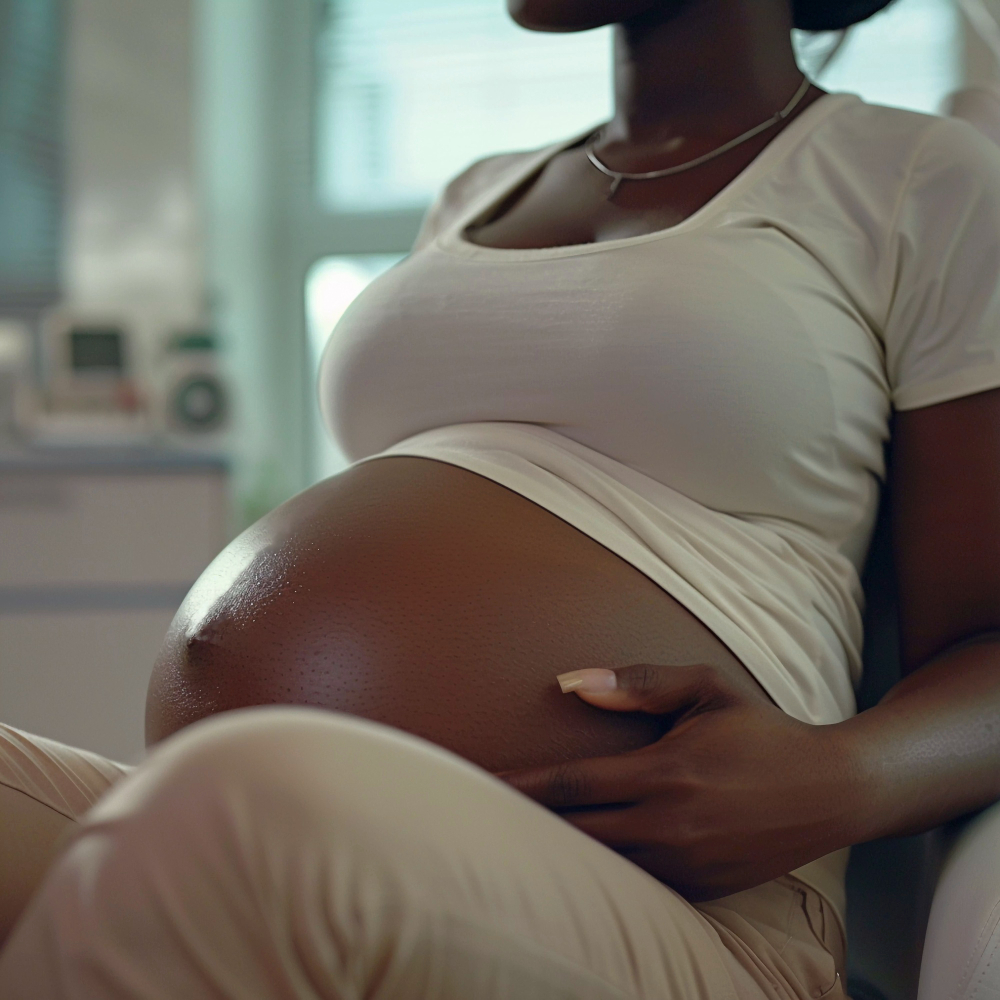Drooling and blowing bubbles is common in babies during the phase of development when getting what they need is centered on the mouth. This becomes especially apparent at 3 to 6 months of age. The increased flow of saliva that often signals the appearance of a new tooth seems to soothe tender gums; however, if your baby appears to be drooling excessively and looks ill, she may be having trouble swallowing, which requires medical attention.
Parents often wonder if it’s normal for their child to drool. You might notice your child’s toys are covered with saliva after playing, or you may notice a soaked shirt-collar throughout the day.
The Role of Saliva
Drooling fulfills several important functions for your baby.
- Softens and moistens food once solids are part of your baby’s diet
- Keeps your baby’s mouth moist
- Makes it easier for your baby to swallow
- Washes away food residues
- Protects your baby’s teeth
Saliva also contains ptyalin, a digestive enzyme that changes starch into sugar. A natural antacid in saliva neutralizes stomach acid and aids digestion. Saliva also protects against tooth decay.
RELATED: A GUIDE TO FRUITS FOR YOUR TODDLER
Developmental stages of drooling
According to Morris & Klein in Pre-Feeding Skills, Second Edition, the following stages of drooling can be expected as your child develops:
- One – three months: From one to three months of age, drooling is rare when your child is in a supine or reclining position (lying face-up), although some drooling may be noted when he is in a prone or a supported sitting position.
- Six months: By six months of age, it is more controlled when your child is in supine, prone or seated. You may notice drooling as your child babbles or uses his hands to play, point or reach for objects. Drooling may also be noted as your child is teething or in response to eating particular foods.
- Nine months: By nine months of age, drooling rarely occurs during gross motor activities, such as crawling or rolling. You may still notice drool in response to teething.
- Fifteen months: By fifteen months of age, it rarely occurs during gross motor activities, such as walking and running, although you may notice some drooling during fine motor tasks, such as stacking blocks or manipulating objects. It may also continue in response to teething.
- Eighteen months: By eighteen months of age, your child no longer drools when attempting fine motor tasks. Drooling may occur during feeding, dressing, play, or teething.
- Twenty-four months: By twenty-four months of age, it is minimal.
She goes through 8 bibs a day or more.
While carrying around so many drool-catching bibs may take up more real-estate in your diaper bag, it’s important to remember that drooling, and even an abundance of drool, can be healthy. In his blog on excessive drooling, Dr. William Sears notes that “saliva bathes the teeth and gums, washing away accumulated food and bacteria.” It helps babies break down food, and does all kinds of good things for the gut. The drool fest should end when all of his teeth are in.






Leave a Reply